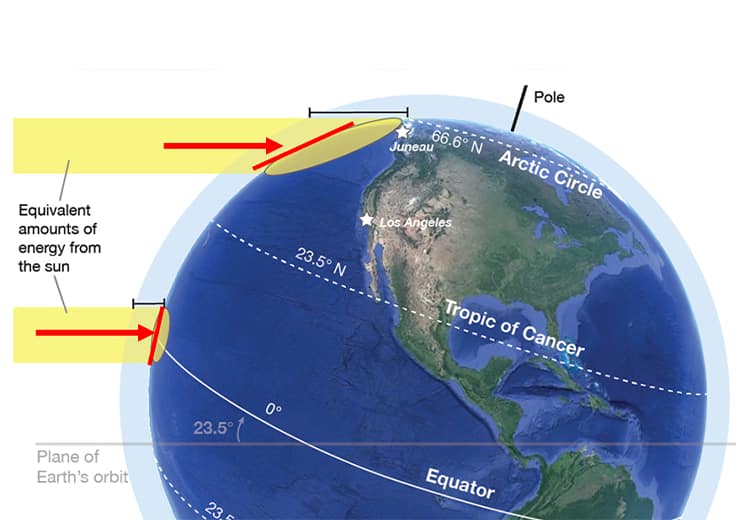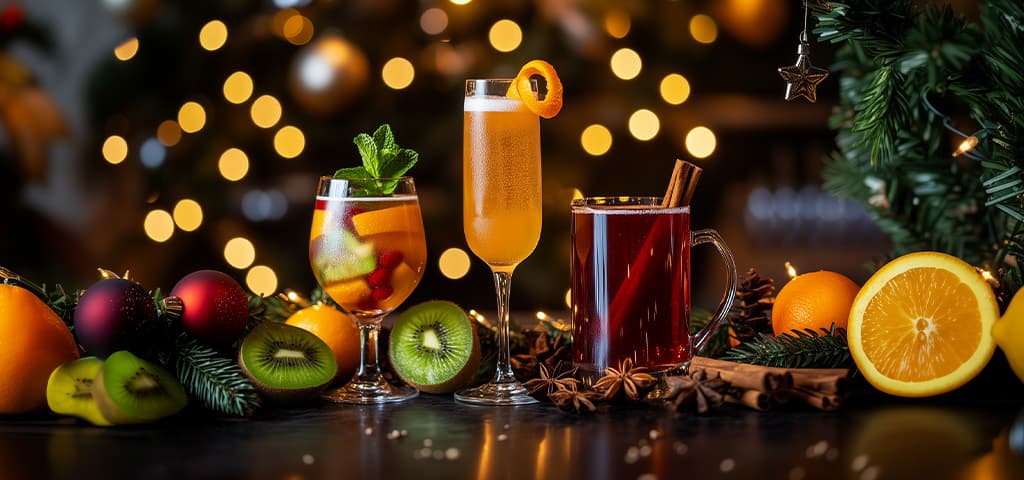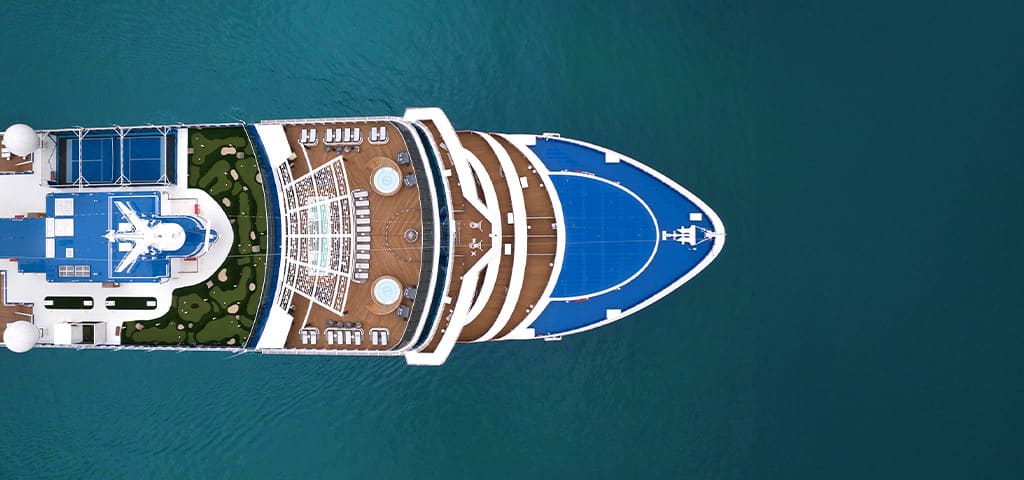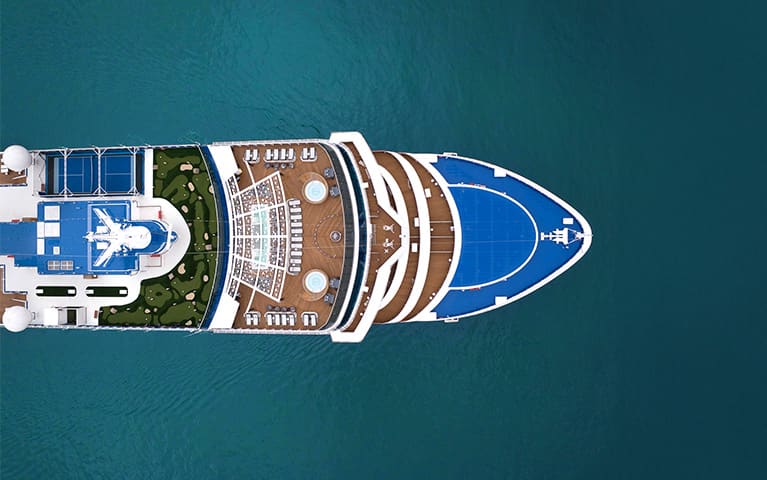Read More
South Pacific Explorations with a Marine Biologist: Why Is the Water So Blue?
When we look across the vast ocean – whether sailing the South Pacific, the Atlantic or Indian Ocean – it creates an illusion of vastness and uniformity. Nothing could be further from the truth in either regard. To the complete contrary, our oceans are teeming with vibrant life and are so diversely varied. It varies in depth, temperature, salinity, density and silt content. Furthermore, in every single drop of sea water, each of those variables is constantly changing as that drop of water is swept by wind, weather, waves, currents, gyres and tides.
So as you sail the waters of the South Pacific, you may likely remark with delight and awe, “It’s so blue!” Indeed, the water here does take on a rich deep cobalt blue unlike the sea in other regions. Even at high noon on a mid-summer’s clear day in Alaska, the water there will be a green-gray hue. But down in the Southern tropical latitudes, it is especially azure – and some might say, especially mesmerizing. So let’s explore why without getting too scientific.

1. Sun
The sun strikes these South Pacific waters directly. The angle of that abundant sunlight makes a difference – and not just on the state of your mind. Whereas in Alaska, in northern latitudes, sunlight strikes the water surface rather obliquely (see diagram below). As bright, direct sunlight can penetrate the South Pacific’s tropical waters to great depths, it will afford snorkelers and divers an incredible level of visibility.

2. Ocean Organisms
Tropical waters tend to appear clearer and deeper shades of blue because they are devoid of many of the tiny cold-water organisms that are so plentiful in Alaskan waters. These organisms make Alaskan and other cold bodies of water much more turbid and grayer as well as nutrient rich.
3. Ocean Depth
Then there is the matter of depth. Deeper waters simply appear deeper blue, whereas coastal reefs and shallows sport lighter shades, as shown below.

Explore the South Pacific Below the Surface
Whatever color these uniquely rich, warm waters look like to you during your journey, these tropical waters are teeming with a diverse array of sea life – parrotfish, butterflyfish, trumpetfish and clownfish, sea turtles, dolphins, manta rays, colorful coral reefs and so much more. If you are sailing to the South Pacific with us soon, I hope you enjoy your voyage and marvel at all that swims and lives beneath the surface, whether through a snorkel mask, a dive mask – or if you prefer to stay dry – through the viewing ports of an underwater submarine during one of the many shore excursions.
If you don’t have your journey planned yet, you can explore French Polynesia and other South Pacific cruises here and I hope to see you on board soon!

About Dr. David M. Plourd
Dr. Plourd’s degree in marine sciences from Pepperdine University and his M.D. from UCLA provide his scientific basis. His thirty-plus years of amazing, daring and up-close encounters with sea life provide his passion. When on board, you’ll soon come to recognize his joyful and curious nature and will find yourself drawn in by his dramatic images and riveting commentary. His breathtaking and informative “Sea Life Series” will take you deep into the undersea world, a world that teems with secrets beneath its waves. It is his hope and passion that you will come away with a refreshed awe and appreciation for the vast ocean and her wondrous creatures, from tiny to tremendous.












